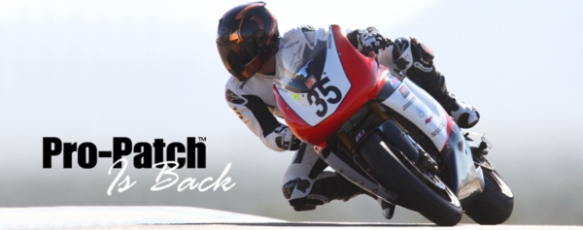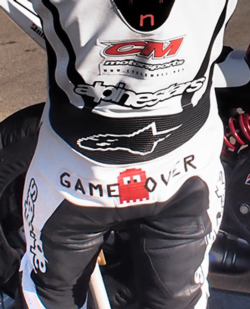
You know what they say: “Time is money.”
With each upgrade of software you evaluate, it is your time and efficiency, that you need to consider. Omega Version 6.0 was a time saver, and if you neglected to upgrade to 6.0, you should download both the “whats-new-omega-6.0” and “whats-new-omega6.5” to see what you’re missing.
This upgrade to Gerber Omega 6.5 is another time saver.
Time saver #1: Starting with the new “Groups of Groups”, I can’t tell you how many times I could have used that when working on complex art with lots of shapes. There are also some useful options when holding your Ctrl button down, such as breaking groups out from larger groups into new groups. This will definitely speed up your work flow.
Time saver #2: If you have had to import customer files that are typically assigned process colors in RGB mode, the colors will change when they are converted to CMYK in previous versions Omega. However, in 6.5, if you change the mode from RGB to CMYK in your design software, and then import an EPS, AI, or PDF file, you can check a box called “Import pure CMYK colors”, and the colors will come in with the correct values. A huge time saver!
The new pdf file export capability offers the same export options as the GSP EPS format, including named spot and CMYK colors, and named paths and strokes for Cut Contours. For presentations, it makes it easy for prospects to open it in their PDF viewer. For exporting to other desktop publishing and ink jet design programs, the exported pdf will preserve the named spot colors and named cut contour objects.
Time saver #3: If you are like me, I think Composer has always had great detail editing tools. And in recent years it has only gotten better. Now in 6.5 there is a “Change Constraints” tool in the layout drop down menu that allows you to set constraints for the detail tools such as the line tool, the slice and dice tool, the cleaver tool, and the move point too. You can set them for angles such as 5°,10°, 30°, 45°, etc. Then the constraint is initiated when you hold the Alt key down. If you use the “on axis” tool to move objects along the X or Y axis when you want them to stay aligned with their original position, it is similar to that, but you now have more choices. I know I will love this tool.
Time saver #4: The new ability to toggle between wire frame and filled while you are in a dialog box. You can also zoom or pan while in a dialog box. I will find this especially helpful with the choke and spread tool to verify which color is spreading.
Are they reading my mind? It just keeps getting better.
Time saver #5: When outlining lettering or other shapes with inside shapes, there are times when you don’t want the inside shapes to be outlined. Now, rather than ungrouping all the inside shapes, or deleting the outlines afterwards, all you have to do is select the “Outside Contour Only” check box within the outline tool. This will work great for creating perimeter cuts for back cutting, and many other instances where you would rather not deal with outlines on inside shapes.
Gerber has also eliminated a step with a new feature in the Shadow feature, which is “hide originals.” This comes in handy when creating an outline first, shadowing it, and then having to delete the original. It can also be used as a substitute for using the relief feature in the Shadow dialog box.
Time saver #6: A new Back Cut Template file allows you to save all your plotter settings for your back cut files. In other words, whatever you set in your “rules” or “settings” dialog, i.e.: multi cuts, speed, force, acceleration, cornering, for each layer, it can be saved for recall on another job. It’s much like saving parameters, but for back cut jobs. This will save lots of time for companies who do a lot of back cutting with various settings.
The final feature worth mentioning is called the “PLT Extract” program, which extracts useful summaries of plot information such as consumables used. With that information, the user can then go back and compare actual vs. estimated material used in the job. This is useful information if you do such comparisons, and may aid with estimating needed materials for future, similar jobs.
The PLT Extract program will be good for in plant applications when the job has been completed. It will help tally up the consumables used for comparison, budgeting and material inventory purposes. The reason it doesn’t work for estimating is that the job is typically not created in Composer before it is committed to by the customer for a purchase price.

All in all, I think Omega 6.5 is well worth the upgrade price, because it saves time. If the cost of your time is only $.50 per minute, and you save 10 minutes per design, the upgrade from 6.0 to 6.5 will be paid for in a little over 13 hours. When tools becomes easier to use, work is more pleasurable. And with this upgrade, you will gain more time.





